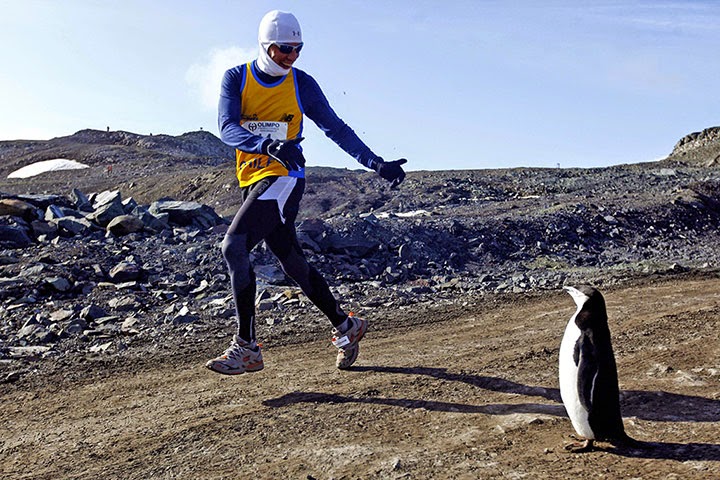Hi everyone, today is my final post! Blogging about
Antarctica has been incredibly insightful and I’ve enjoyed learning about a
range of topics and ideas along the way. Also, apologies for the lengthy posts along the way, there was just so much I wanted to say about each topic! The aim of my blog was to shed light
on the impacts that humans have had on Antarctica beyond climate (recall my first post).
In this post, I’m going to summarise these impacts and come to some final
conclusions which I hope my readers will take away from this blog.
Conclusions: Is Antarctica facing an SOS situation?
Recall that I posted up a short evaluation on 23 December where I wanted to take a step back to organise the findings of my blog and
reflect on what I had written so far. This post will be an extension of this. Since
the ‘Pause for Thought’ post, I introduced two new topics: scientific research
stations and waste, and the hole in the ozone layer. In my blog, I have been keeping
tabs on which impacts have a negative impact on Antarctica and which have a positive or natural effect. As this is the last post, I can now present the
final score, which is 7-5. This means that, of the topics looked at, humans have
been responsible for more negative than positive impacts. I know you’re
probably reading this thinking, ‘I could have told you so…’ But I wanted to
explore these effects in detail to discover what is actually happening and to
what extent humans are responsible. In summary, this blog has shown that human intervention
in Antarctica is for economic reasons (e.g. krill fishing), scientific reasons
(e.g. research stations), leisure (e.g. tourism) and convenience (e.g. the use
of CFCs).
A key conclusion I have reached from my blog is that the
global system is so complex that often it difficult to distinguish between what is
human and what is natural. This makes it hard to allocate blame for a problem
that is observed in Antarctica. For example, when I looked at the collapse of
the Larsen B ice shelf and declining krill population, I also presented natural causes that can be used to explain these events. Also, regarding the ozone
hole, the true effect of CFCs on ozone may be hard to distinguish from the effect of climate on ozone (for example changes in the Arctic Oscillation). This means that it is a challenge to understand the extent that
climate affects ozone levels and the extent that CFCs affect ozone levels.
Another conclusion I can draw is that even though
regulations are trying to limit human impacts, the effect of human actions
prior to regulation is on-going and regulations don't change this. This
means that long term protection is achieved while in the short term, the environment
must face the consequences of our actions. Is this necessarily a bad thing?
Well it’s bad that the environment continues to suffer even though we have
limited our harmful actions. However, regulation is producing a ‘short term
costs over long term benefits’ type of situation. This means that long term
benefits could outweigh the negative impacts from human intervention in
Antarctica. So in the future, perhaps the score board will look different.
Furthermore, one specific human action doesn’t just have
one specific impact on Antarctica. There are many indirect effects that may
often be unprecedented and this exaggerates the impact that humans are having
on Antarctica. For instance, recall my post about the effect of a whaling ban
on the food chain and krill/ penguin populations. Additionally, tourist
ships are bringing invasive species into Antarctica, but these invasive species
can sometimes bring diseases which can infect native animals like penguins. Tourist
ships can also create oil spills. This is an unexpected result because it is
not a consequence of the tourists themselves; rather it’s a consequence of
bringing the tourism industry into Antarctica. These examples highlight the
interconnectedness of Antarctic native animals with the ecosystem.
I hope you can hear the SOS call coming from Antarctica as I have throughout the past three months. I want to end this post with a note about a term I mentioned at the start of my
blog. I referred to 'the Anthropocene' as a new geological epoch that describes
the way that humans have affected this planet (see my Melting Ice – Larsen B post).
By analysing the impact on Antarctica, the most remote, unique and wonderful
location in the world, I have discovered that humans are everywhere, not just
in population terms, but in aura. The presence of humans is truly felt
everywhere and my opinion is that anyone who denies the use of this term should
reconsider once they have read this blog!
















